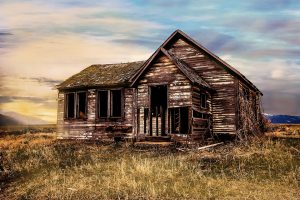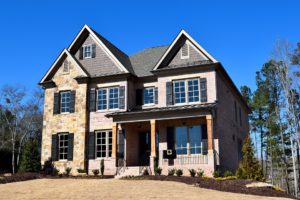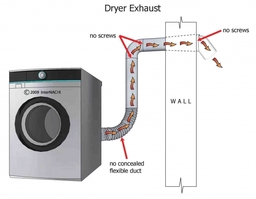Single ply roofing is something that we find sometimes on home inspections, and very regularly on commercial building inspections. But what is single ply roofing?
These are flexible sheets called single-ply membranes made from compounded synthetic materials. In total, there are three different types – thermosets, modified bitumens, thermoplastics. With this material, you are provided with strength, durability, and flexibility. With pre-fabricated sheets, they have a broad appeal and this is mainly because of the high quality which is versatile in how it can be attached. Once installed, they will be watertight and durable for years to come regardless of what attachment method is used.
Thermoset Membranes – Compounded from rubber polymers, EPDM is the most common polymer used and this can also be referred to as ‘rubber roofing’. In addition to being able to deal with the sunlight, this material can also handle the various chemicals found on the roof. For a watertight seal in the overlaps, an adhesive such as tape or liquid needs to be used and this is how you can identify thermoset membranes.
Thermoplastic Membranes – Based on plastic polymers, PVC is the most common option and includes plasticisers in order to become more efficient. As opposed to using adhesives, thermoplastic membranes will be joined by using heat or chemical welding. Overall, this is seen as a stronger method which is then complemented by a reinforcement layer of fibreglass or polyester.
Modified Bitumen – Essentially, these are hybrids that take the advantages of single-ply – pre-fabrication and the high-tech formulation – and then mixes it with some of the more traditional installation practices. Starting with asphalt in factory-fabricated layers, it is then modified with rubber or plastic in an attempt to increase its life, strength, and flexibility. Today, there are two main types of this in styrene butadiene styrene (STS) and atactic polypropylene (APP) and the choice will be made depending on the method of sheet installation. Whilst some use hot asphalt to mop down, others will use torches so that the asphalt melts. Then, the seams are also sealed in this way.
Whatever your roofing material, be sure to contact us for a comprehensive roofing inspection!






